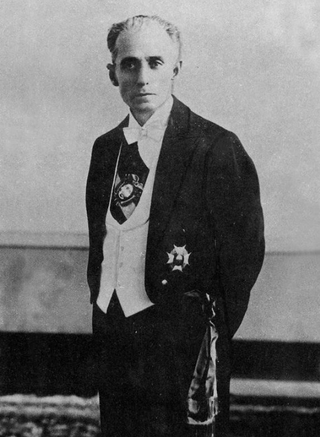Federico Páez
Ecuadorian politician; President of Ecuador (1935-1937) From Wikipedia, the free encyclopedia
Federico Páez Chiriboga (4 June 1877 – 9 February 1974)[1][2][3] was the President of Ecuador from 1935 to 1937, and engineer.
Federico Páez | |
|---|---|
 | |
| Supreme Chief of Ecuador | |
| In office 26 September 1935 – 23 October 1937 | |
| Preceded by | Antonio Pons |
| Succeeded by | Alberto Enríquez Gallo |
| Personal details | |
| Born | 4 June 1877 Quito, Ecuador |
| Died | 9 February 1974 (aged 96) Quito, Ecuador |
| Political party | Socialist |
Early life
He was born on June 4, 1877, in Quito. His parents were Ángel Adolfo Páez and Rita Lemus Chávez. After his parents’ divorce, he changed his second surname to that of his maternal great-grandfather. Páez studied at the Lycée Hoche in Paris and pursued engineering at the Universities of Ghent and Brussels in Belgium. He married Adelaida Espinosa García, and they had a daughter named Rita Páez Espinosa.
Career
His political career was marked by both progressive and authoritarian policies. Páez served as a senator and later as Minister of Public Works under José María Velasco Ibarra. He sympathized with socialism and was affiliated with the Ecuadorian Socialist Party. During his time in power, he implemented both socialist and liberal policies, drawing inspiration from fascist governments in Italy and Germany. His presidency included periods of repression and ideological shifts. His legacy remains complex, reflecting the challenges of balancing socialism and liberalism in Ecuadorian politics.
References
Wikiwand - on
Seamless Wikipedia browsing. On steroids.
